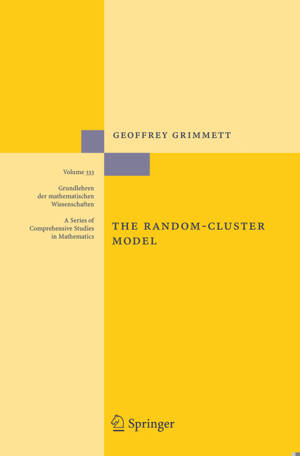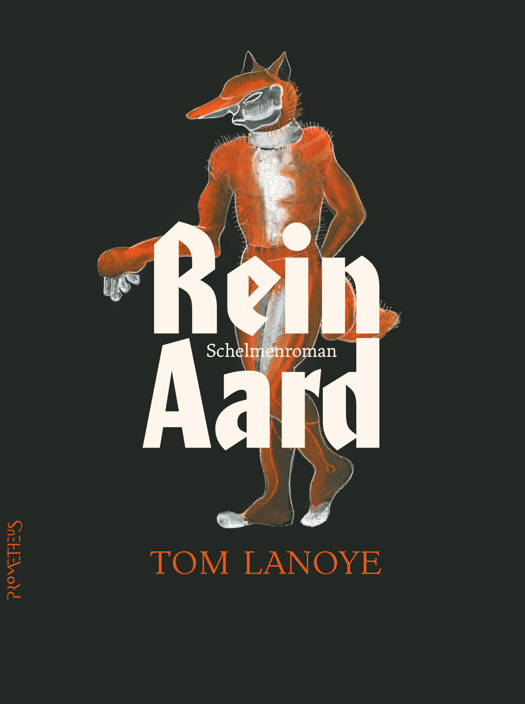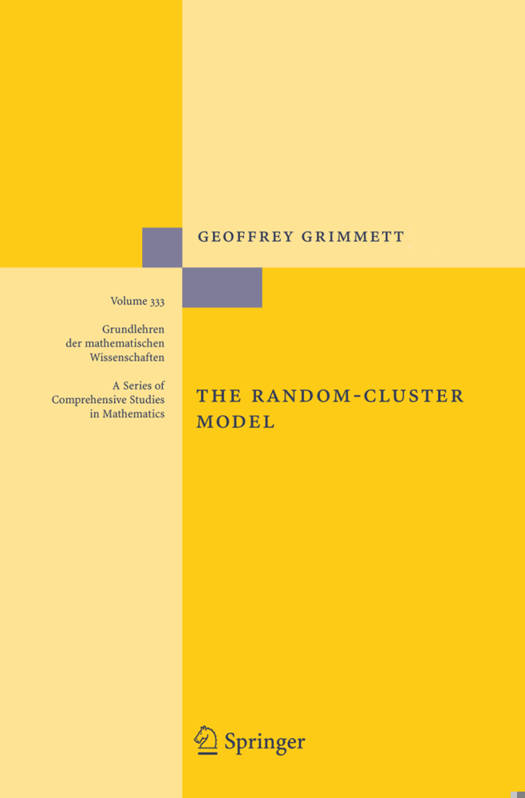
- Afhalen na 1 uur in een winkel met voorraad
- Gratis thuislevering in België vanaf € 30
- Ruim aanbod met 7 miljoen producten
- Afhalen na 1 uur in een winkel met voorraad
- Gratis thuislevering in België vanaf € 30
- Ruim aanbod met 7 miljoen producten
Zoeken
Omschrijving
Therandom-clustermodelwasinventedbyCees[Kees]FortuinandPietKasteleyn around 1969 as a uni?cation of percolation, Ising, and Potts models, and as an extrapolation of electrical networks. Their original motivation was to harmonize the series and parallel laws satis?ed by such systems. In so doing, they initiated a study in stochastic geometry which has exhibited beautiful structure in its own right, and which has become a central tool in the pursuit of one of the oldest challenges of classical statistical mechanics, namely to model and analyse the ferromagnet and especially its phase transition. The importance of the model for probability and statistical mechanics was not fully recognized until the late 1980s. There are two reasons for this period of dormancy. Although the early publications of 1969-1972 contained many of the basic properties of the model, the emphasis placed there upon combinatorial aspects may have obscured its potential for applications. In addition, many of the geometrical arguments necessary for studying the model were not known prior to 1980, but were developed during the 'decade of percolation' that began 1 then. In 1980 was published the proof that p = for bond percolation on the c 2 square lattice, and this was followed soon by Harry Kesten's monograph on t- dimensionalpercolation. Percolationmovedintohigherdimensionsaround1986, and many of the mathematical issues of the day were resolved by 1989. Interest in the random-cluster model as a tool for studying the Ising/Potts models was rekindled around 1987.
Specificaties
Betrokkenen
- Auteur(s):
- Uitgeverij:
Inhoud
- Aantal bladzijden:
- 378
- Taal:
- Engels
- Reeks:
- Reeksnummer:
- nr. 333
Eigenschappen
- Productcode (EAN):
- 9783642069437
- Verschijningsdatum:
- 17/11/2010
- Uitvoering:
- Paperback
- Formaat:
- Trade paperback (VS)
- Afmetingen:
- 156 mm x 234 mm
- Gewicht:
- 553 g

Alleen bij Standaard Boekhandel
+ 253 punten op je klantenkaart van Standaard Boekhandel
Beoordelingen
We publiceren alleen reviews die voldoen aan de voorwaarden voor reviews. Bekijk onze voorwaarden voor reviews.











